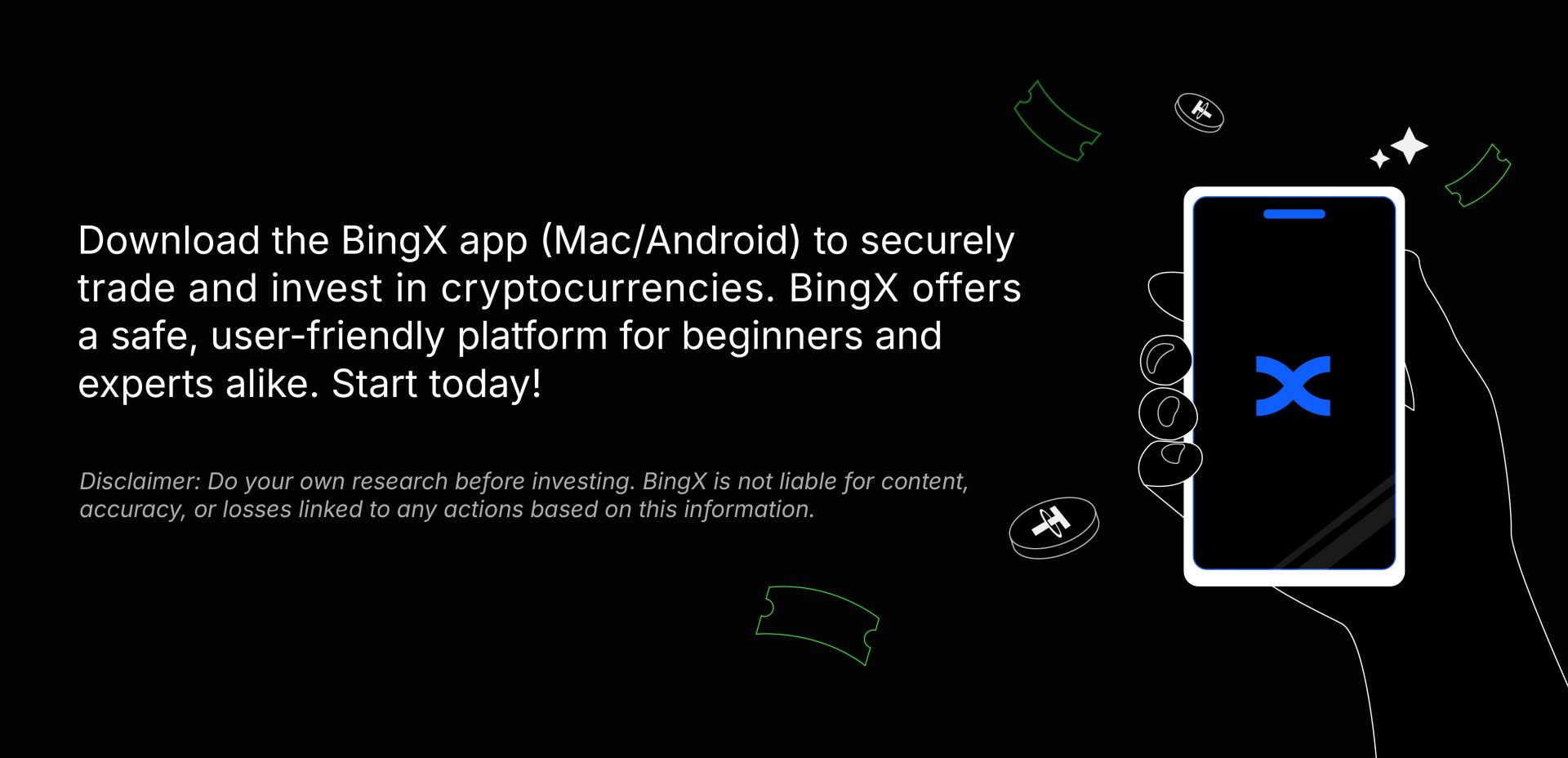This week brought notable developments across the crypto landscape, from governance experiments in stablecoins to expanded DeFi roadmaps and new AI verification frameworks. Here’s a closer look at the projects making headlines.
Polkadot Eyes a Native Stablecoin
Polkadot is considering one of its most ambitious experiments yet: a native algorithmic stablecoin backed exclusively by DOT. The proposal outlines a new token called pUSD, which would be built on the Honzon protocol for collateralized debt positions. The idea is to reduce Polkadot’s reliance on stablecoins like USDT and USDC by creating an ecosystem-native alternative.
Early community response has been strong, with over three-quarters of current votes supporting the proposal, though more than three weeks remain before voting closes. If successful, the project could position Polkadot as one of the first major networks to launch a stablecoin fully tied to its native token, a move that historically has stirred both excitement and debate for similar projects.
Cardano Foundation Updates Roadmap
The Cardano Foundation released a new application roadmap that emphasizes both DeFi liquidity and real-world use cases. Key initiatives include providing up to 50 million in ADA liquidity to stablecoin projects, launching RWA pilots valued at more than $10 million, and allocating millions of ADA toward new decentralized representatives (DReps) and the Foundation’s Venture Hub.
Perhaps most significant is the plan to phase out the current SPO delegation strategy, redirecting tokens toward the Cardano Foundation pool instead. Combined with marketing pushes and application rollouts, these moves signal a clear pivot toward scaling adoption beyond infrastructure.
Mira Network Launches Mainnet
The Mira Network, a blockchain protocol focused on delivering verifiable AI computations, has officially launched its mainnet. The debut marks a significant step for the project, which already serves over 4.5 million users across ecosystem applications.
With the mainnet live, users can now immediately access registration, verification services, and token claiming through official portals. The launch also opens staking opportunities, enabling participants to help secure the network’s AI verification processes by committing tokens to live infrastructure.
Mira has reportedly already processed more than 7 million queries and continues to handle over 3 billion tokens daily as it transitions from pre-launch testing into full-scale operations. This volume highlights both demand for verifiable AI and the network’s readiness to support real-world workloads.
